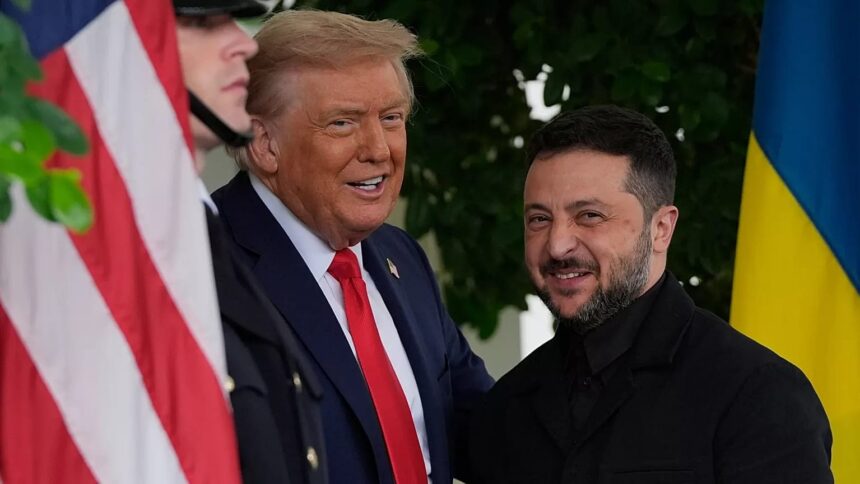In a significant escalation of support amid the ongoing Russo-Ukrainian War, the United States has approved the provision of intelligence to Ukraine specifically targeting Russia’s long-range energy infrastructure, including refineries, pipelines, power stations, and other critical facilities deep within Russian territory. This move, reportedly authorized by President Donald Trump last week, marks the first time the U.S. has explicitly shared targeting data to enable Ukrainian long-range strikes on such energy assets, aiming to disrupt Moscow’s war funding by curtailing oil and gas revenues.
The decision comes as Ukraine has intensified drone and missile attacks on Russian refineries since August 2025, halting operations at around 40% of Russia’s oil refining capacity for petrol and diesel, leading to domestic fuel shortages and increased crude exports. U.S. intelligence, including satellite imagery and monitoring data, will enhance the precision of these strikes, with officials urging NATO allies to offer similar assistance. This builds on existing U.S. intelligence sharing but lifts prior restrictions on deep-strike support.
Simultaneously, the Trump administration is evaluating Ukraine’s request for Tomahawk cruise missiles, which have a range of up to 1,550 miles—sufficient to reach Moscow from Ukrainian territory—and potentially Barracuda missiles for even broader targeting. Vice President JD Vance confirmed the consideration, noting it could extend strikes to strategic centers far beyond current capabilities.
The Kremlin downplayed the development, with spokesman Dmitry Peskov stating that the U.S. and NATO already provide Ukraine with regular intelligence, but warned that Tomahawk deliveries would provoke a “serious round of tension” and an “adequate response.” Russian President Vladimir Putin echoed this in his annual foreign policy address, framing the conflict as a direct NATO war against Russia.
This intelligence expansion aligns with broader U.S. efforts to pressure Russia economically, including Trump’s push for European allies to halt Russian oil purchases in exchange for tougher sanctions, and G7 commitments to target entities circumventing oil bans. Energy exports remain Russia’s primary war funding source, making these targets pivotal. The shift follows Trump’s recent social media post suggesting Ukraine could reclaim all occupied territories, indicating a rhetorical pivot despite earlier aid freezes.
While U.S. military aid to Ukraine has totaled over $66.9 billion since 2022—focusing on lethal equipment like missiles and artillery—these non-kinetic enhancements could amplify Ukraine’s asymmetric capabilities without immediate new hardware commitments. Critics in Russia view it as direct U.S. escalation, while supporters see it as a necessary counter to Russian advances in eastern Ukraine. As the conflict enters its fourth year, this aid expansion underscores ongoing U.S. commitment amid ceasefire stalemates and potential for further weapon transfers.
Sources: Reporting draws from Reuters, The Wall Street Journal, Euronews, The Guardian, NBC News, Newsweek, The Economic Times, The Hindu, and posts on X from Reuters and independent accounts.






